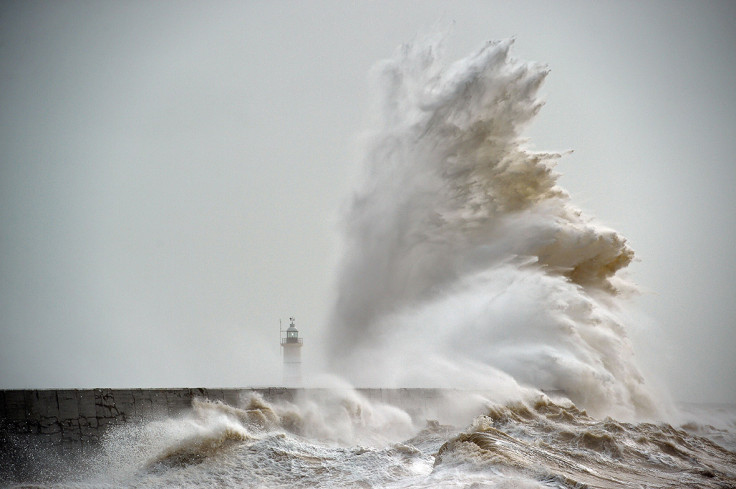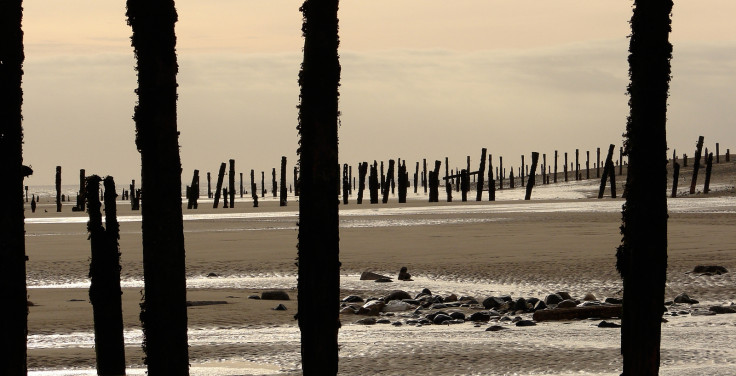The White Cliffs of Dover have been crumbling faster in the past 150 years
Cliff erosion on the south coast has accelerated by an order of magnitude in the past few hundred years.

Researchers have used radioactive isotopes from cosmic rays hitting coastal cliffs to estimate the age of the remnants of cliffs from millions of years ago. Combining this with historical observational records of the more recent history of the cliffs, the researchers found that the erosion of the White Cliffs of Dover is has sped up by an order of magnitude in the last few hundred years.
Up until 600-150 years ago, the cliffs were crumbling at a rate of about 2-6 cm a year, the authors say. After that, the rate accelerated to between 22-32 cm a year.
The remnants of rock at the cliff foot – the shore platform – indicate the age at which they were exposed when the rock above them fell away, study author Martin Hurst of the University of Glasgow told IBTimes UK.
In the study, published in the journal PNAS, Hurst and his colleagues used a technique of using an isotope of beryllium – <sup>10Be, which forms when cosmic rays strike the rocks – to measure the age of the shore platform that is exposed at low tide.
The rock close to the foot of the cliff has not been exposed to cosmic rays for long, and so has a low <sup>10Be content. Further out the rock is older and has been exposed for longer to the rays, and shows a higher <sup>10Be content. Further out still, the shore platform itself has been eroded away and is largely covered by the sea even at low tide, and so has a low <sup>10Be content.
This 'hump' pattern can be used to measure the rate at which a cliff is crumbling: a slowly eroding cliff has a bigger hump and a quickly eroding cliff has a smaller one.

"What we did was to go out and collect rock samples from the shore platform and measure the <sup>10Be concentration and then from that we can back out this long-term average rate of cliff retreat," says Hurst. "The shore platform is exposed and covered by the sea every day, so we go out and sample at low tide."
While <sup>10Be-dating of rocks has been used for decades, this is only the second time that the method has been applied in a coastal context.
The acceleration that has appeared in the period between 600 and 150 years ago cannot be directly inferred to be a result of human activity, Hurst says.
"We know from historical observation that the rates are relatively faster between 150 years ago and now. In terms of human modification of the coast, a lot of that has happened between 150 and now. But we can't say that there is a causal relationship between the two."

Along this stretch of coastline, Hurst says, the beaches are gradually being transported form west to east. "We do know that over the last 150 years beach material has been thinning and lost." People have been taking action to preserve parts of the beaches in the light of this, Hurst says, such as building sea walls, as well as groynes to trap sand on the beach in the stretch of coast between Brighton and Seaford. "That has interrupted the supply of sediment to our particular study site, which is to the east."
"There may be lessons we need to learn for other parts of the coastline because the way we mange in one place has knock-on effects elsewhere," Hurst says. "If we better understand coastal processes we'll be better placed to forecast how our coasts can change to the effects of increased storminess and anthropogenic climate change."
© Copyright IBTimes 2025. All rights reserved.






















